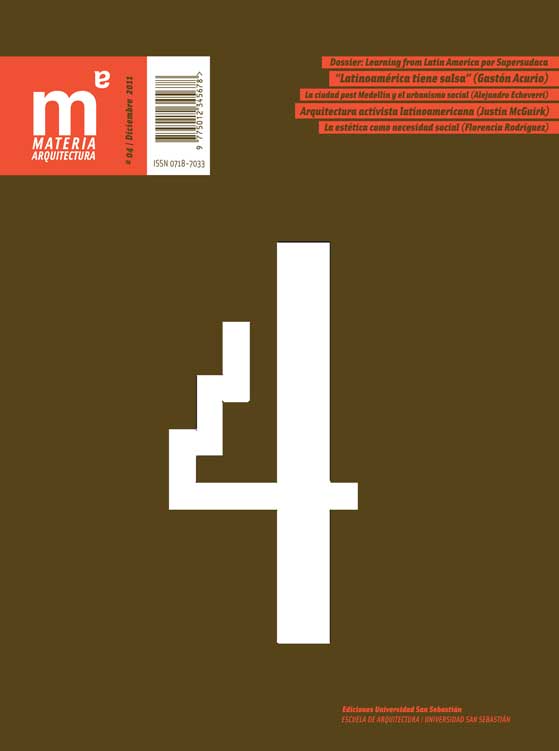Fictional construction of the territory
Article Sidebar
Keywords:
Main Article Content
Abstract
Two founders of Fábrica de Paisaje, Marcos Castaings and Diego Pérez, describe their vision of landscape and territorial ordinance in this interview. For them, landscape is the connective tissue of the territory and fiction is a way of understanding reality and operating in it. A new landscape only exists if a story gives meaning to it, if a narrative construction is capable of inducing reactions and meta-stories.
Fábrica de Paisaje proposes an alternative methodology, based on the displacing of the work objective from the construction of concrete products to the generation of unfinished fictions that build projects along time.
The interview revises the foundations of some projects of Fábrica de Paisaje, such as Parque Artigas (Las Piedras) and Costa de Oro (Canelones). Those who are interviewed reflect on the image and give a critical view of traditional participation methodologies.
Article Details
Materia Arquitectura provides immediate and free access to all the content of this online edition, published simultaneously with the print edition.
Materia Arquitectura does not charge authors for any concept.
All contents of this electronic edition are distributed under the Creative Commons license of "Attribución-shareAlike 4.0 Internacional" (CC-BY-SA).
The rights of the published texts and images belong to their authors, who grant Materia Arquitectura the license for their use. The management of the permits and the authorization of the publication of the images (or of any material) that contains copyright and its consequent rights of reproduction in this publication is the sole responsibility of the authors of the articles.
As long as they mention their origin, the authors are free to distribute their articles by other means. Any total or partial reproduction of the material must mention its origin.
Downloads
Most read articles by the same author(s)
- Martín Delgado, Esteban Varela, Juliana Espósito, La construcción ficcional del territorio , Materia Arquitectura: No. 04 (2011): Materia Arquitectura 04 (Diciembre/December 2011)
